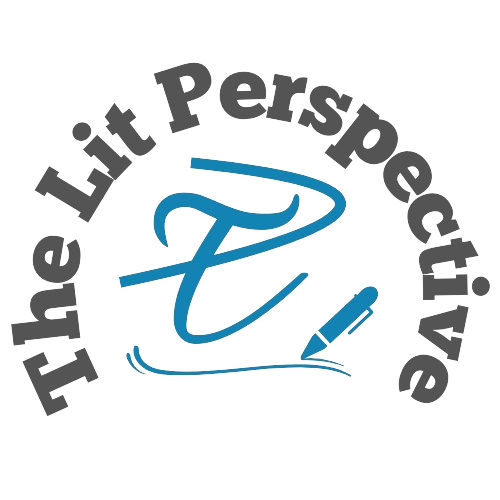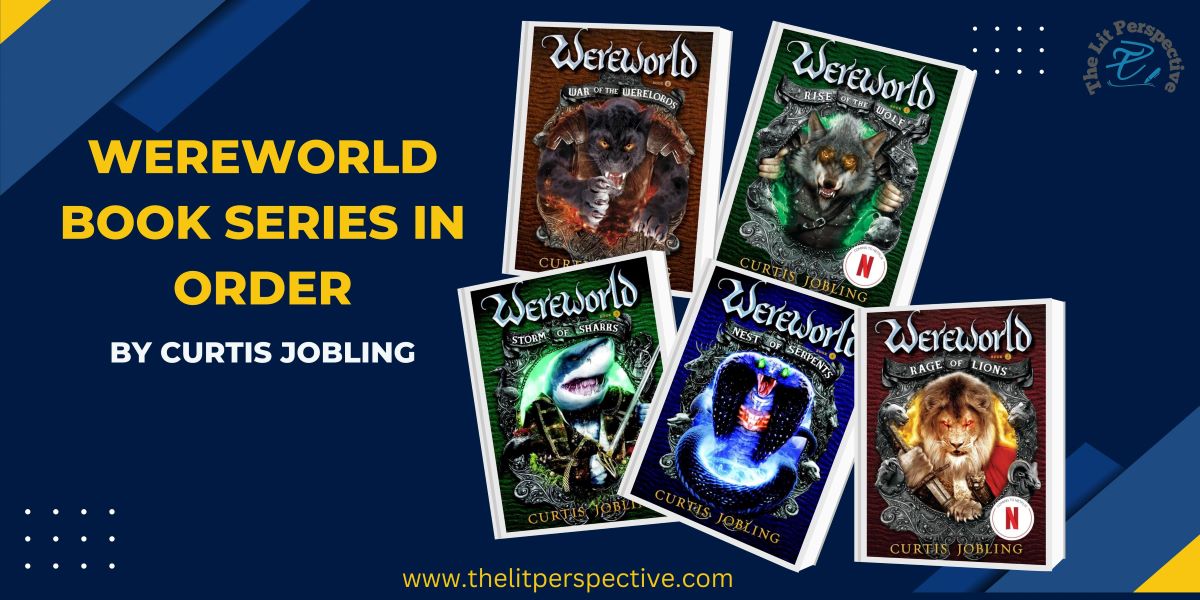TheLitPerspective is your one-stop shop for everything that ignites the spark of curiosity within you.
Kurt Vonnegut Books : Complete List & Essential Reading Guide (2025 Edition)
Kurt Vonnegut is a name that resonates deeply in the world of literature. Known for his unique voice, sharp wit, and satirical style, Vonnegut’s works have left an indelible mark on readers and writers alike. His books delve into complex themes like war, humanism, and the absurdity of existence, all while maintaining a conversational and often humorous tone.
But what is it about Vonnegut’s books that makes them so enduring? Let’s take a look into the world of Kurt Vonnegut and explore the magic behind his writing.
Best Kurt Vonnegut books to read
Player Piano (1952)
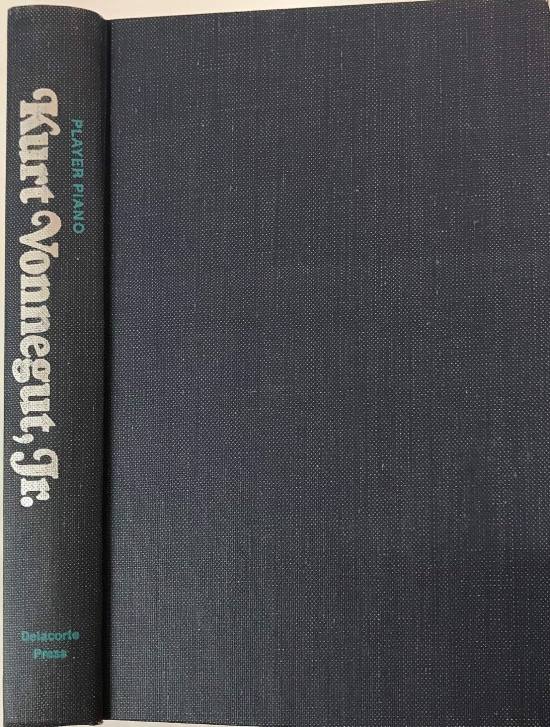
This novel is set in a future society where automation has largely replaced human labor, exploring themes of technology, society, and the dehumanization of industrial progress.
The Sirens of Titan (1959)
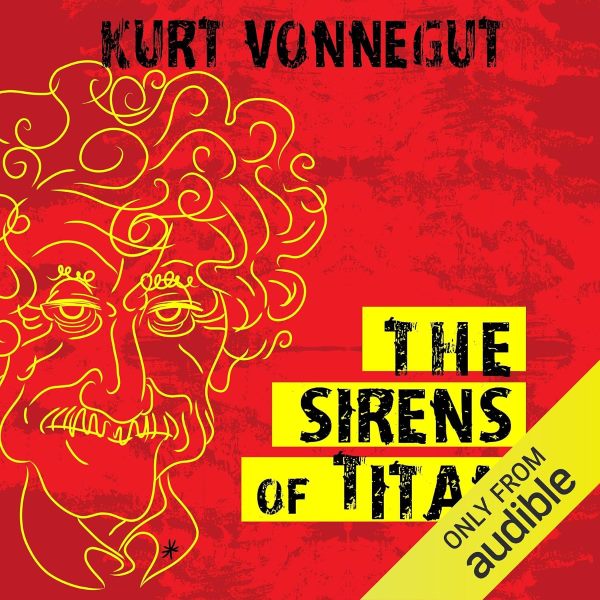
A science fiction novel that follows the journey of a wealthy man who becomes stranded on an alien planet, The Sirens of Titan examines themes of fate, free will, and the absurdity of human existence.
Mother Night (1961)
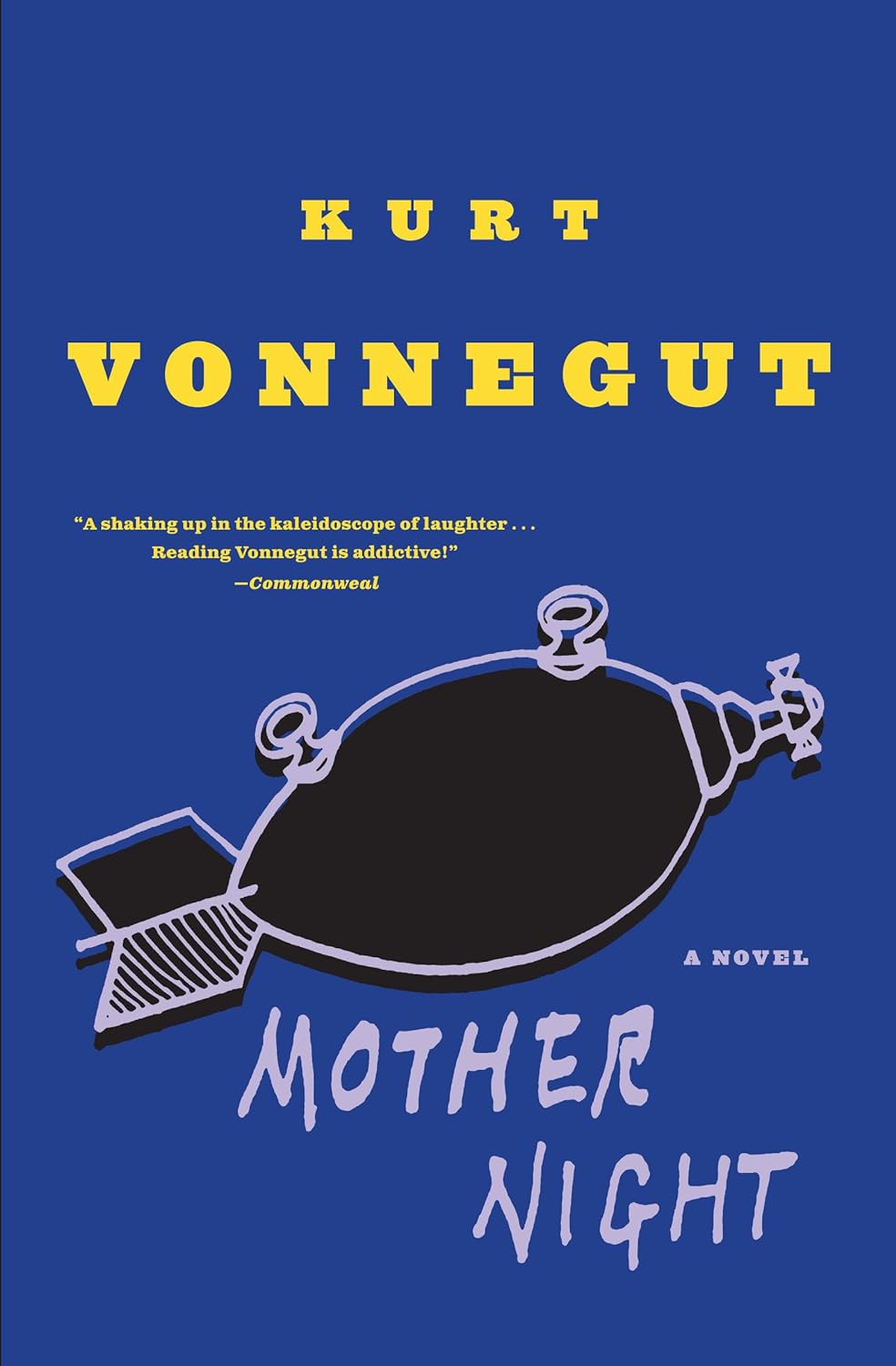
This novel centers around an American playwright who becomes a Nazi propagandist during World War II. The book is laden with themes of identity, morality, and the consequences of actions taken during wartime.
Cat’s Cradle (1963)
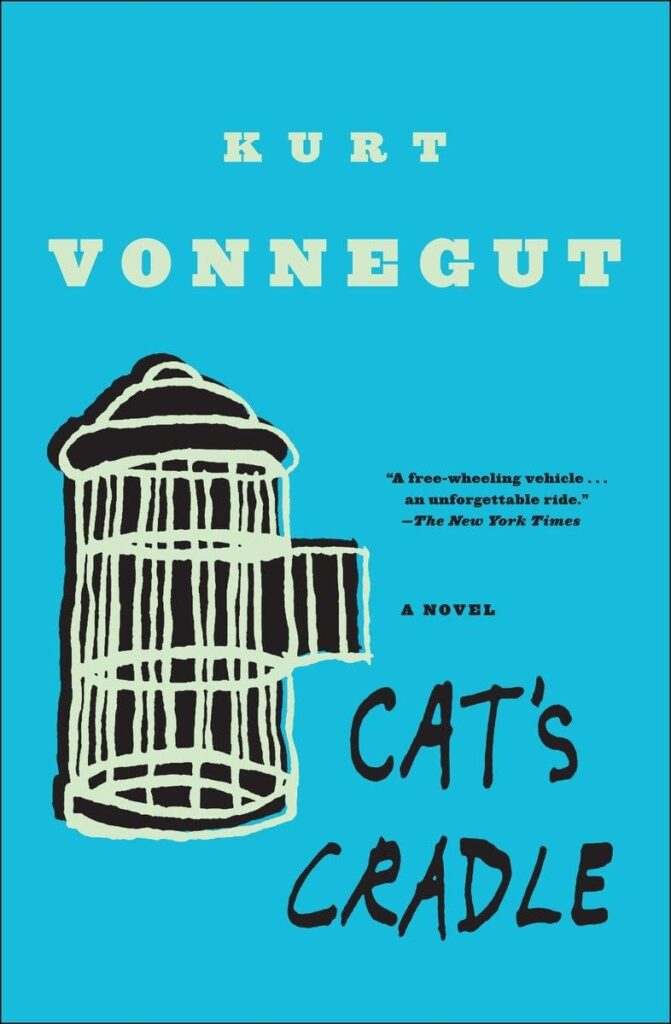
This novel explores the end of the world through the eyes of a writer researching the creator of the atomic bomb. Its critique of science and religion remains relevant today.
God Bless You, Mr. Rosewater (1965)
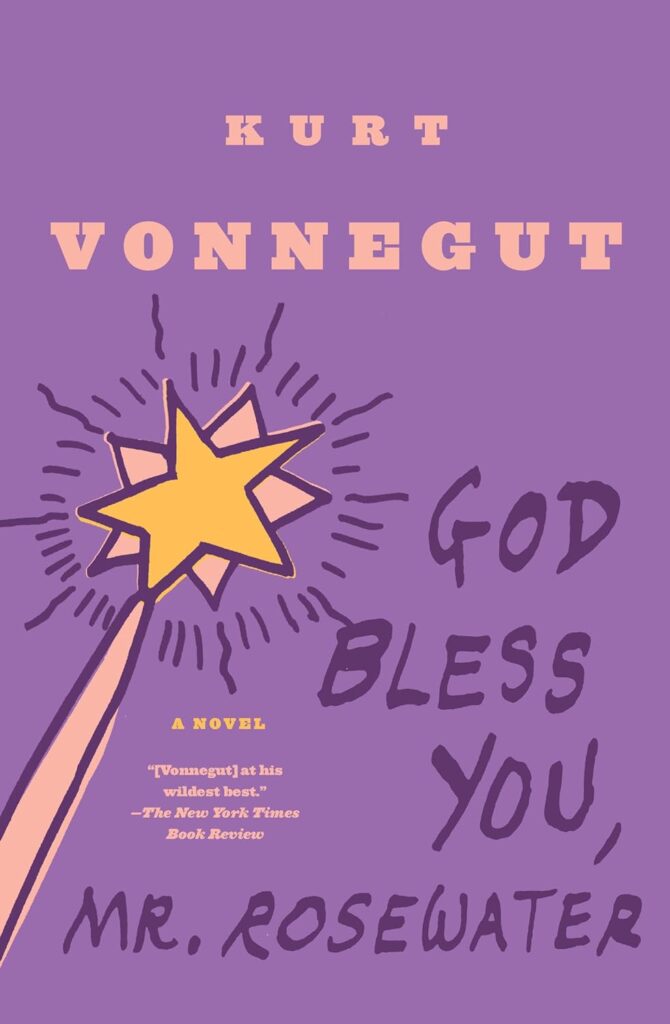
The story of a wealthy philanthropist who decides to help those less fortunate, God Bless You, Mr. Rosewater satirizes wealth, social responsibility, and the complexities of human relationships.
Welcome to the Monkey House (1968)
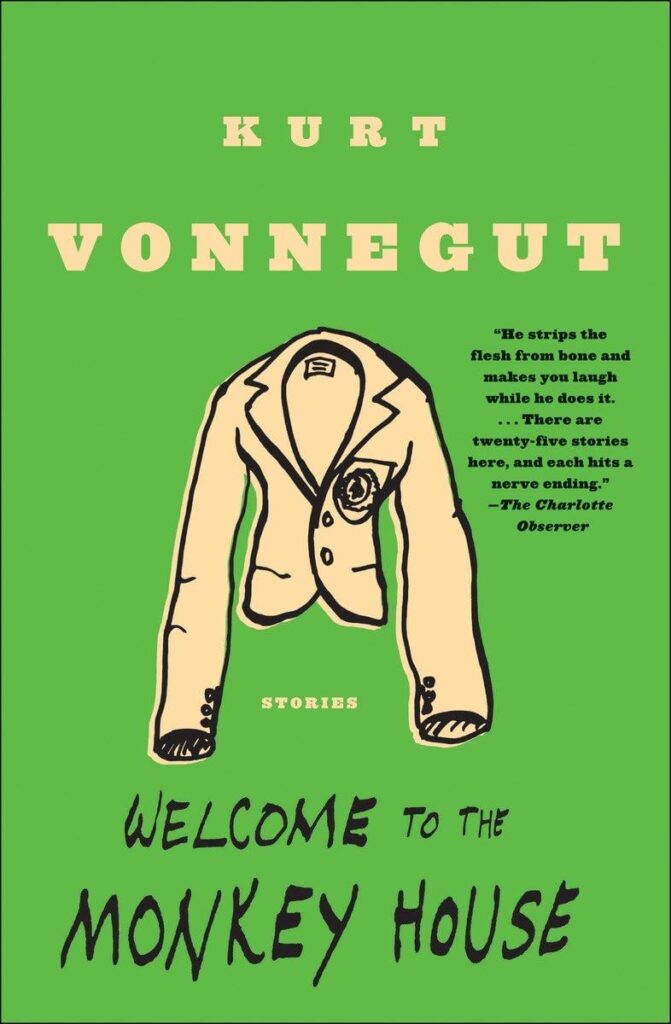
This is a collection of short stories that blend satire, humor, and social commentary, this anthology addresses topics such as overpopulation, technology, and individual freedom.
Slaughterhouse-Five (1969)
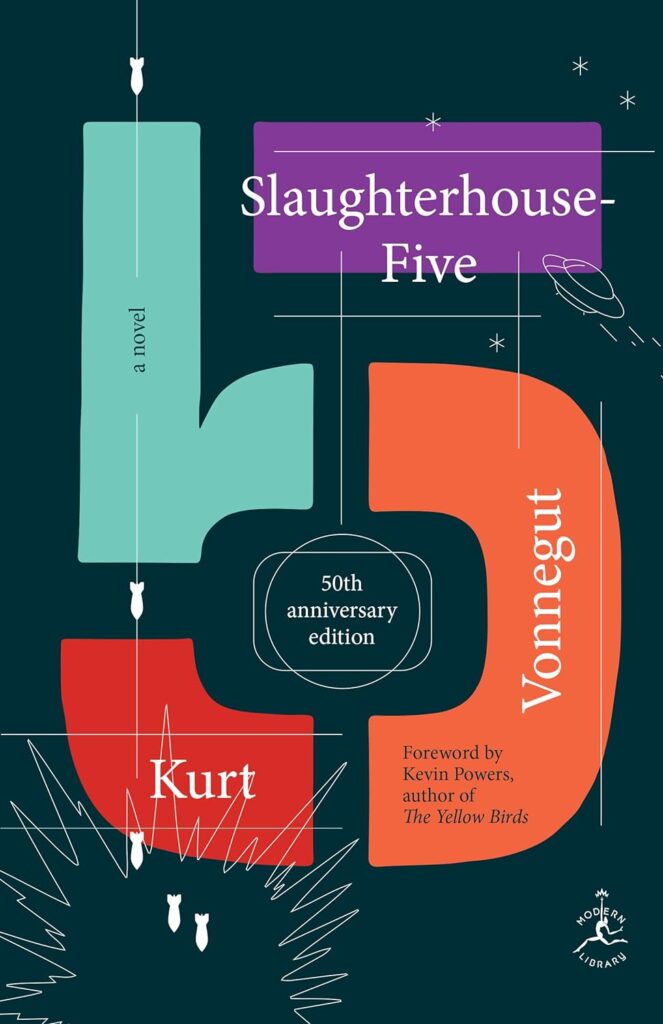
Perhaps Vonnegut’s most famous work, this novel is a pseudo-biographical war memoir that combines elements of science fiction to tell the story of Billy Pilgrim, an optometrist who becomes “unstuck in time,” experiencing key moments of his life, including his time as a prisoner of war during the bombing of Dresden in World War II.
Happy Birthday, Wanda June (1970)
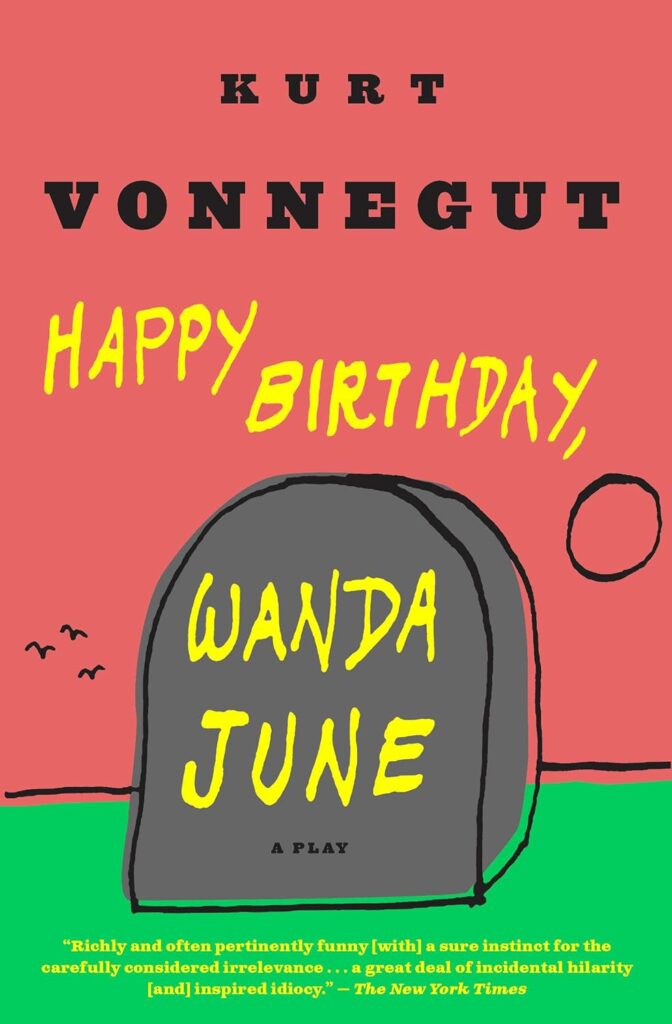
Vonnegut wrote this play to satirize American values and attitudes towards war and masculinity by focusing on a macho adventurer who returns home after years of being presumed dead.
Breakfast of Champions (1973)
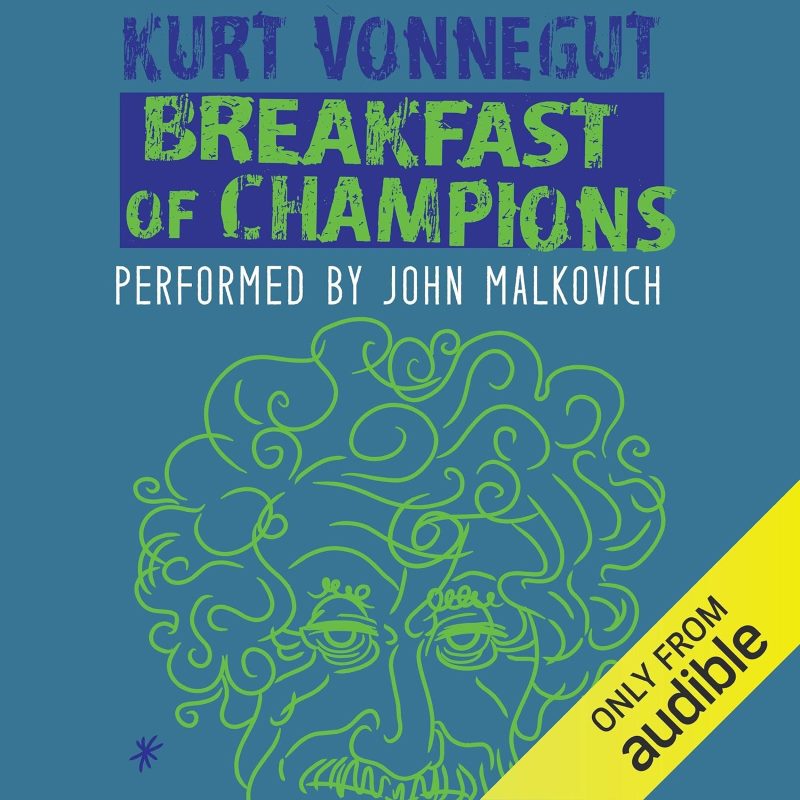
This metafictional novel blurs the lines between author and character, it critiques consumerism, racism, and the American Dream while exploring the absurdities of modern life.
Wampeters, Foma and Granfalloons (1974)
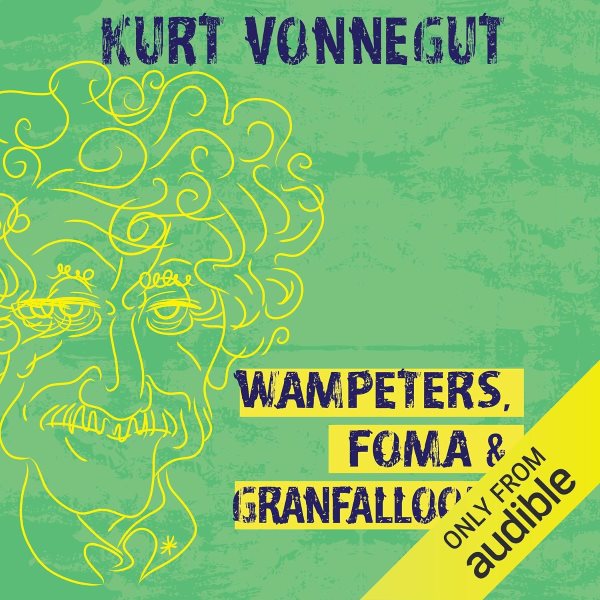
Vonnegut’s first collection of essays that reflects his views on literature, politics, and society, featuring his distinctive blend of wit, insight, and skepticism.
Slapstick, or Lonesome No More! (1976)
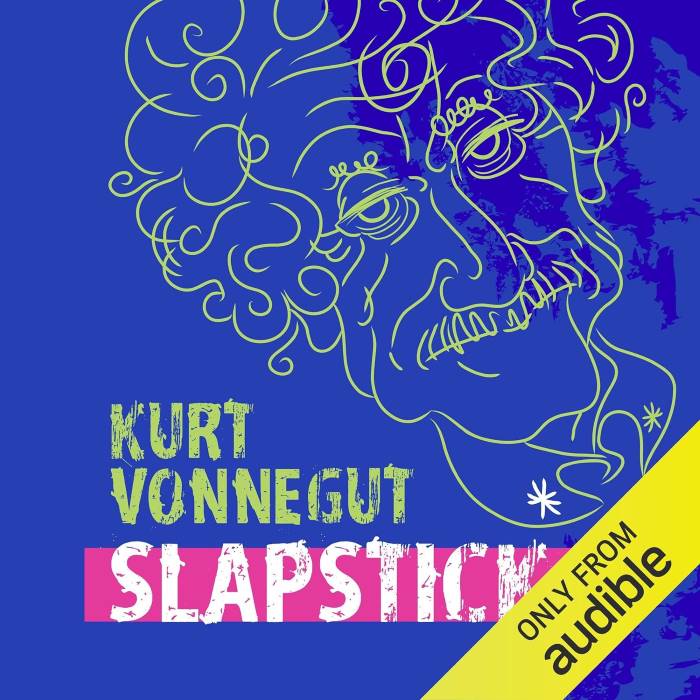
This satirical novel imagines a future America where the government attempts to solve social problems by assigning every citizen a new middle name and family, exploring themes of loneliness, identity, and the search for connection.
Jailbird (1979)
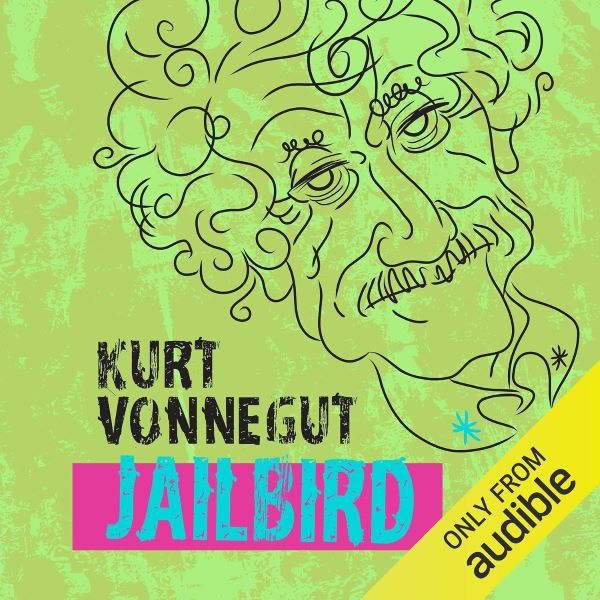
This novel follows the life of a former government official who reflects on his involvement in the Watergate scandal and his subsequent time in prison, addressing themes of power, corruption, and personal redemption.
Palm Sunday (1981)
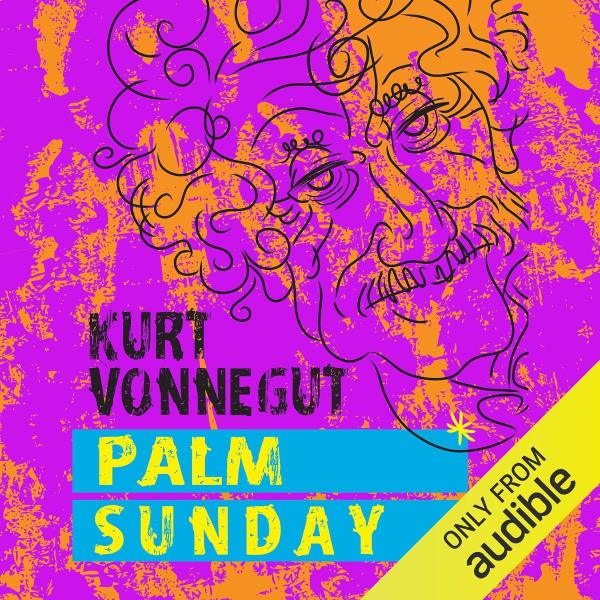
This is an autobiographical collage that includes reflections on Vonnegut’s own life, writing career, and views on politics and society, offering insights into his personal experiences and literary philosophy.
Deadeye Dick (1982)
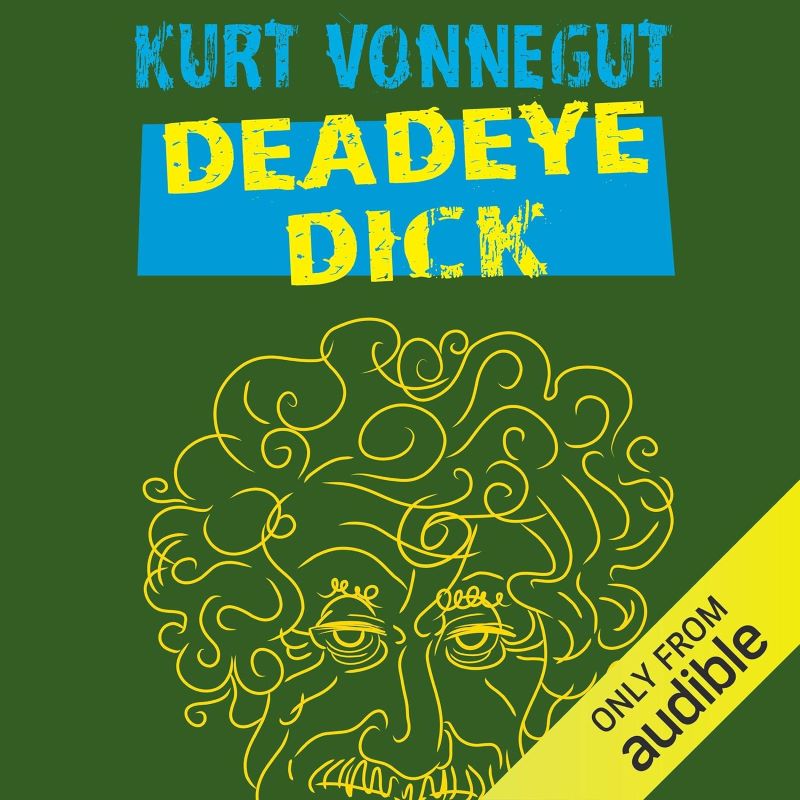
This novel explores the consequences of a random act of violence inflicted on a small community. The narrative examines themes of guilt, fate, and the absurdity of human existence.
Galápagos (1985)
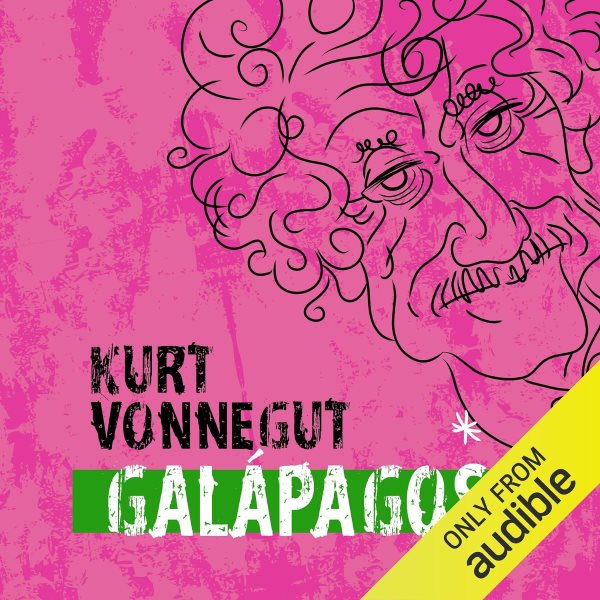
This is a speculative fiction novel that imagines humanity’s future evolution after a catastrophic event wipes out most of the human race, reflecting on the nature of human ambition, intelligence, and the meaning of existence.
Bluebeard (1987)
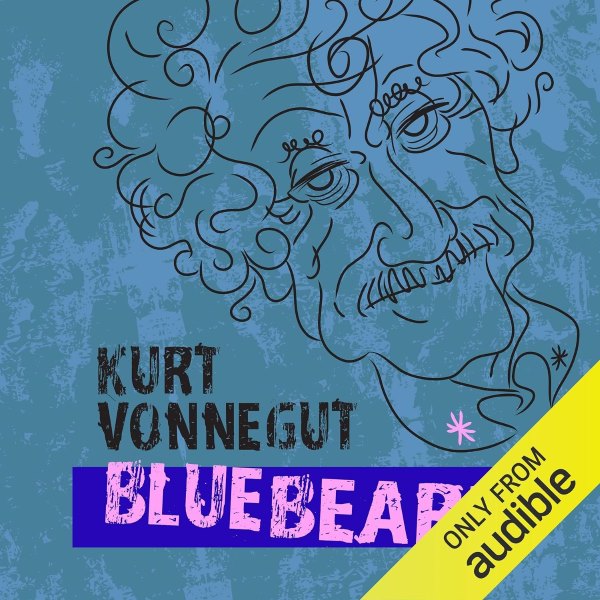
This novel tells the story of an aging artist reflecting on his life, creativity, and relationships, blending satire with poignant reflections on the nature of art, identity, and the pursuit of meaning.
Hocus Pocus (1990)
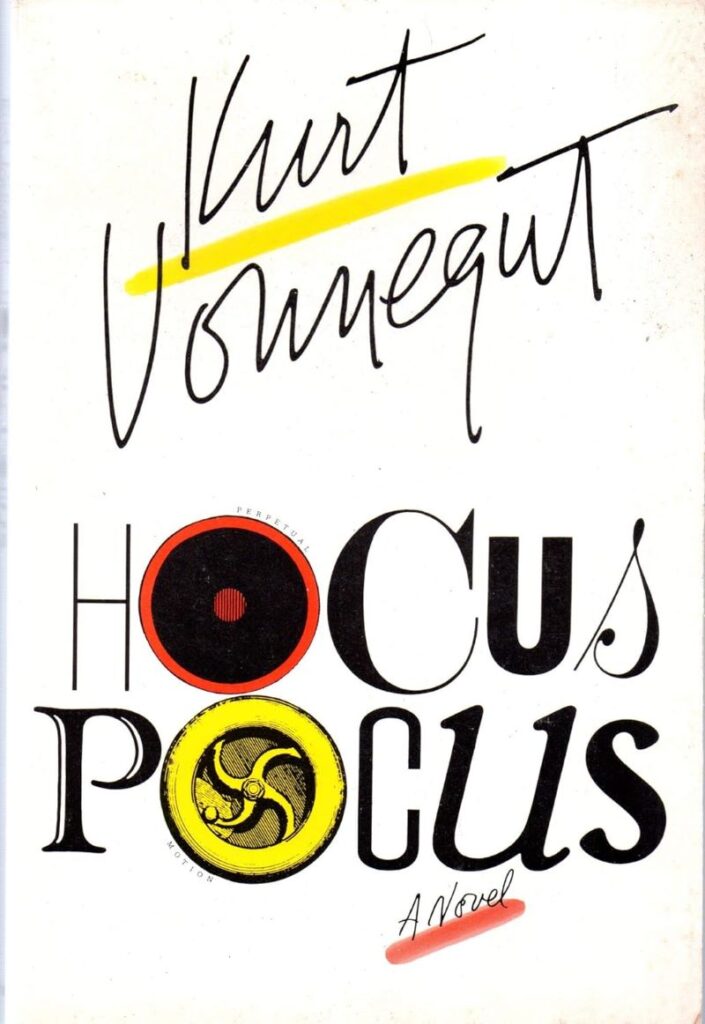
Set in a near-future America, this novel follows a Vietnam War veteran turned college professor who finds himself caught up in a violent prison uprising and offers a satirical critique of politics, education, and social justice.
Fates Worse Than Death (1991)
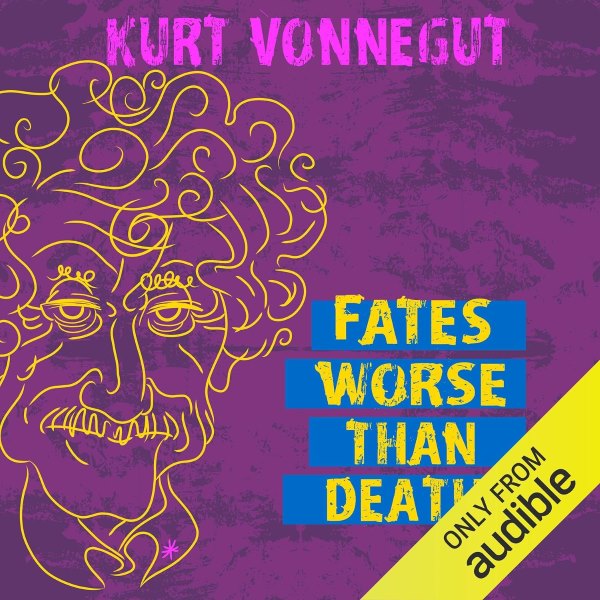
This is a collection of essays and speeches that cover a wide range of topics including Vonnegut’s thoughts on art, culture, politics, and the challenges facing humanity in the modern world.
God Bless You, Dr. Kevorkian (1999)
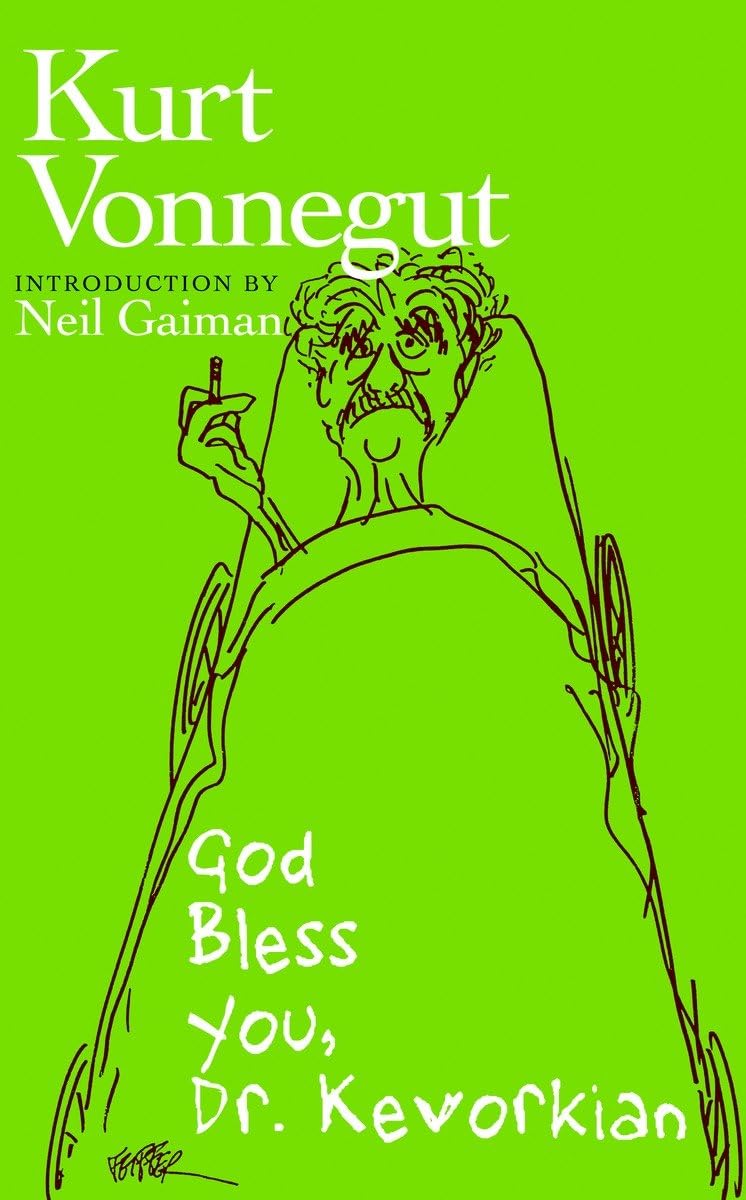
This is an anthology of fictional interviews where Vonnegut imagines himself visiting the afterlife multiple times through the assistance of Dr. Jack Kevorkian, offering humorous and insightful reflections on life, death, and the human condition.
Bagombo Snuff Box (1999)
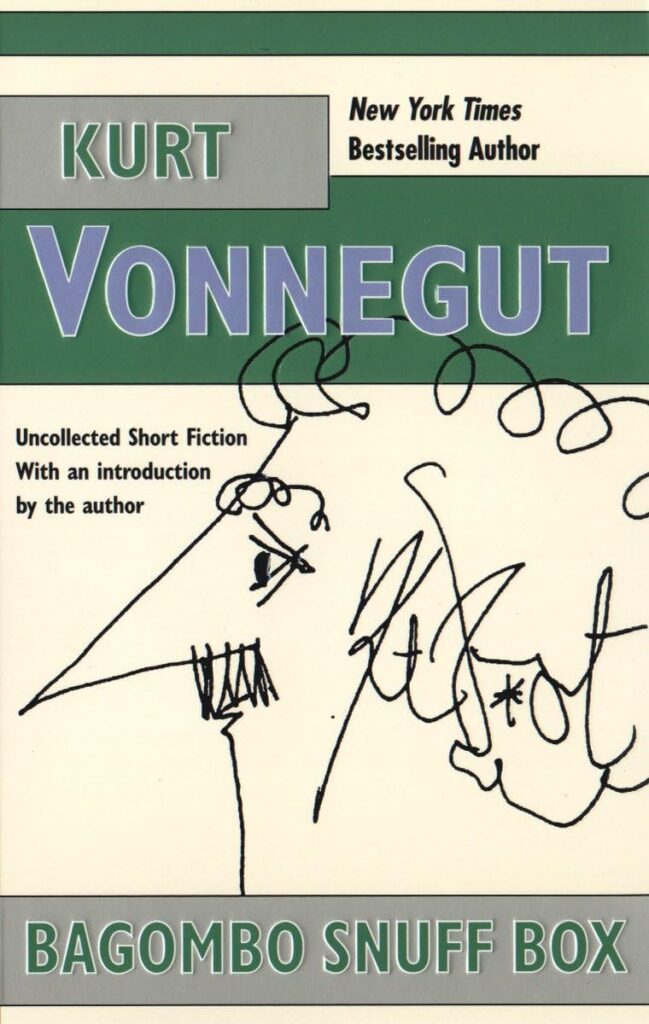
In this collection of Vonnegut’s early short stories, his early talent and development as a writer are showcased, featuring his trademark blend of satire, wit, and social commentary.
Timequake (1997)
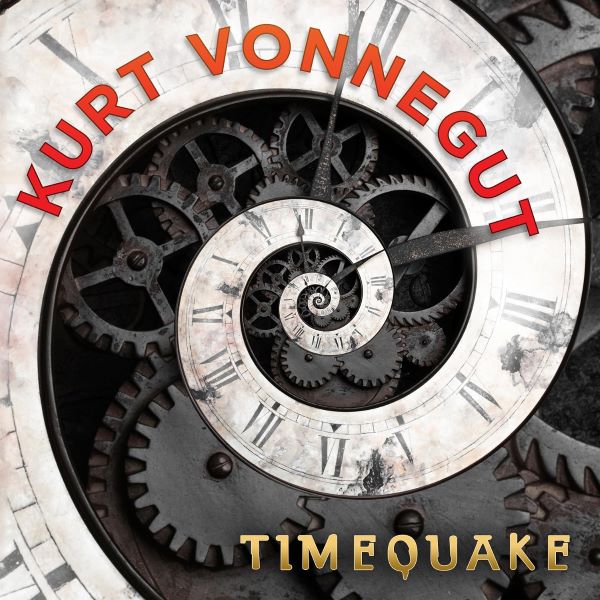
In this novel, the universe undergoes a “timequake” that forces everyone to relive the past decade of their lives, exploring themes of free will, determinism, and the meaning of existence.
First Published Works
Vonnegut’s first novel, Player Piano (1952), set the stage for his career as a writer. This dystopian novel, influenced by his background in science and engineering, explores themes of automation and the dehumanization of society.
Although it received mixed reviews initially, it established Vonnegut as a distinctive voice in American literature.
Breakthrough Novel
Slaughterhouse-Five (1969) is arguably Vonnegut’s most famous work. This novel blends science fiction with historical events, particularly Vonnegut’s experiences during the Dresden bombing. The protagonist, Billy Pilgrim, becomes “unstuck in time,” reflecting Vonnegut’s own struggles with the trauma of war.
“Slaughterhouse-Five” was a critical and commercial success, cementing Vonnegut’s place in literary history.
Exploring Themes in Vonnegut’s Works
Satire and Dark Humor
Vonnegut’s use of satire and dark humor is a hallmark of his writing. He deftly critiques societal norms and human behavior, often using absurdity to highlight the flaws and contradictions in modern society.
Science Fiction and Speculative Fiction
Though often labeled a science fiction writer, Vonnegut’s writings transcended genre boundaries. His speculative fiction explores futuristic and alternate realities, serving as a backdrop to explore deeper philosophical questions.
War and Peace
The horrors of war and the quest for peace are recurring themes in Vonnegut’s work. His personal experiences in WWII provided a rich, albeit tragic, source of material that he revisited in many of his books.
Free Will and Fatalism
Vonnegut often grappled with the concepts of free will and fatalism. His characters frequently find themselves at the mercy of larger forces, questioning the extent to which they control their own destinies.
Recurring Characters and Concepts
Kilgore Trout
Kilgore Trout, a fictional science fiction writer, appears in several of Vonnegut’s novels. Trout serves as Vonnegut’s alter ego and a vehicle for his satirical commentary on the publishing industry and society broadly.
Tralfamadorians
These alien beings, first featured in Slaughterhouse-Five and other works, perceive all moments of time simultaneously. They embody Vonnegut’s musings on fatalism and the singular nature of time.
Writing Style and Techniques
Use of Metafiction
Vonnegut frequently used metafiction, blurring the lines between reality and fiction. This technique allows him to engage directly with the reader and comment on the act of storytelling itself.
Nonlinear Narratives
Many of Vonnegut’s novels feature nonlinear narratives, reflecting the chaos and unpredictability of life. This approach keeps readers engaged and emphasizes the thematic elements of his stories.
Blend of Autobiography and Fiction
Vonnegut often incorporated elements of his own life into his fiction, adding a layer of authenticity and depth to his characters and plots.
Legacy and Influence
Vonnegut’s influence extends far beyond literature. He has inspired countless writers with his unique style and insightful commentary. His works have been adapted into films, plays, and even songs, ensuring his legacy endures in various forms of media.
Vonnegut’s Non-Fiction
Essays and Speeches
Vonnegut was also a prolific essayist and public speaker. His non-fiction works, like the essay collection A Man Without a Country (2005), offer a glimpse into his thoughts on politics, society, and human nature.
Vonnegut’s Role in Popular Culture
Vonnegut’s influence permeates popular culture. His quotes and references appear in movies, TV shows, and music. Bands like Ambrosia and artists like Bob Dylan have drawn inspiration from his works.
Analysis of Major Themes
Humanism and Morality
Vonnegut’s works often promote a humanistic philosophy, emphasizing kindness, empathy, and moral integrity.
Absurdity of Existence
He frequently explores the absurdity of existence, questioning the meaning of life and the randomness of the universe.
Critique of Society and Politics
Vonnegut’s sharp critiques of society and politics are central to his works. He challenges readers to think critically about the world around them.
Vonnegut’s Personal Life and Beliefs
Vonnegut’s personal life was as complex as his novels. He faced numerous struggles, including mental health issues and family tragedies. His views on religion and politics were deeply intertwined with his writing, advocating for peace, justice, and rational thought.
Awards and Honors
Vonnegut received numerous awards during his lifetime, including the Purple Heart and the Hugo Award. His posthumous accolades, such as the induction into the Science Fiction Hall of Fame, reflect his lasting impact on literature and culture.
Takeaways
Kurt Vonnegut’s books continue to captivate and challenge readers worldwide. His unique blend of satire, science fiction, and philosophical inquiry offers a timeless exploration of the human condition. Whether you’re a long-time fan or a newcomer to his works, Vonnegut’s novels provide a profound and often humorous lens through which to view our world.
Frequently Ask Questions
Q: Who is Kurt Vonnegut?
A: Kurt Vonnegut was an American writer known for his satirical and darkly humorous novels. His works often blend science fiction with social commentary and philosophical musings.
Q: What are some of Kurt Vonnegut’s most famous books?
A: Some of Vonnegut’s most famous books include Slaughterhouse-Five, Cat’s Cradle, Breakfast of Champions, The Sirens of Titan, and Mother Night.
Q: When did Kurt Vonnegut live?
A: Kurt Vonnegut was born on November 11, 1922, and passed away on April 11, 2007.
Q: What is Slaughterhouse-Five about?
A: Slaughterhouse-Five is a novel about Billy Pilgrim, a soldier who becomes “unstuck in time” and experiences different periods of his life out of order. The novel is partly based on Vonnegut’s own experiences as a POW during World War II and the bombing of Dresden.
Q: What is the main theme of Cat’s Cradle?
A: Cat’s Cradle explores themes of science, religion, and the absurdity of human endeavors. It follows the narrator, John (or Jonah), as he investigates the life of the late scientist Dr. Felix Hoenikker, the creator of the fictional substance Ice-Nine.
Q: Is Breakfast of Champions connected to any other Vonnegut books?
A: Yes, Breakfast of Champions features several recurring characters and themes from Vonnegut’s other works, including Kilgore Trout, a fictional writer who appears in multiple Vonnegut novels.
Q: What writing style is Kurt Vonnegut known for?
A: Vonnegut is known for his straightforward, almost conversational writing style, as well as his use of satire and dark humor. His works often include science fiction elements and unconventional narrative structures.
Q: What are common themes in Vonnegut’s works?
A: Common themes in Vonnegut’s works include the absurdity of war, the illusion of free will, the critique of modern society, and the search for meaning in a chaotic world.
Q: Did Kurt Vonnegut write any non-fiction?
A: Yes, Kurt Vonnegut wrote several non-fiction works, including essay collections like A Man Without a Country and Palm Sunday, as well as his autobiography, Fates Worse Than Death.
Q: Are there any adaptations of Vonnegut’s books?
A: Several of Vonnegut’s works have been adapted into films, plays, and TV shows. Slaughterhouse-Five was made into a film in 1972, and Mother Night was adapted into a film in 1996, among others.
Q: What awards did Kurt Vonnegut win?
A: Kurt Vonnegut received several awards throughout his career, including the Hugo Award for Best Short Story for The Big Space Fuck in 1973, and the Locus Award for Best Collection for Welcome to the Monkey House in 1971. He was also inducted into the Science Fiction Hall of Fame in 2001.
TheLitPerspective is your one-stop shop for everything that ignites the spark of curiosity within you.
